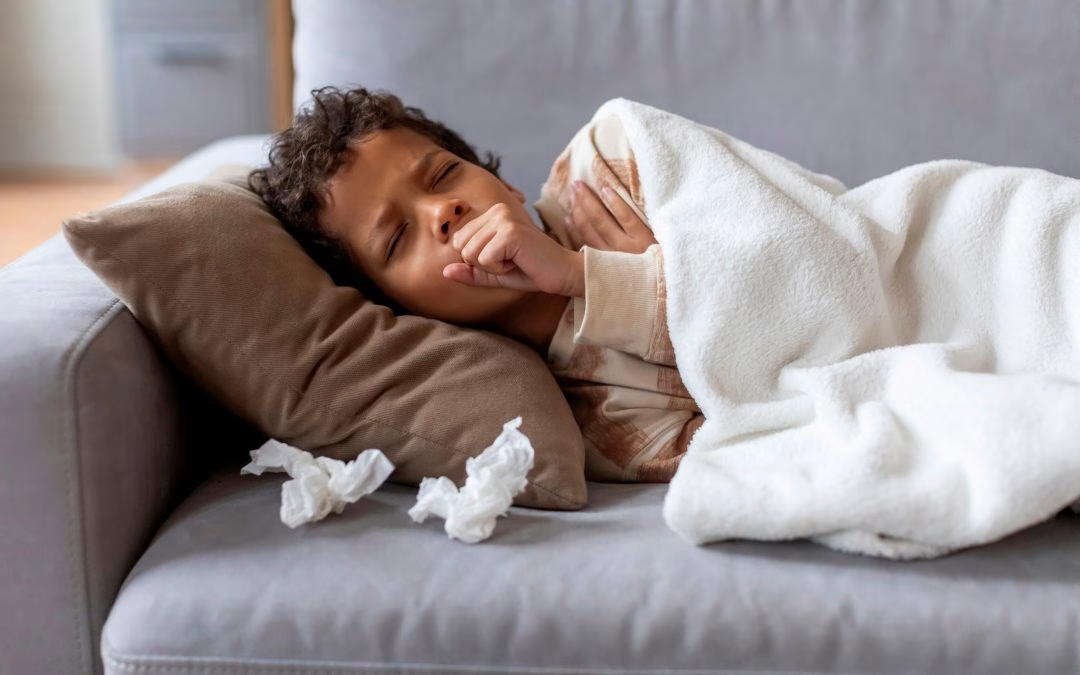
Discover the reasons for the recent influx in measles cases. Learn primary causes and what can be done to prevent the spread.
Indian Trail, NC, is a thriving community with family-friendly attractions like Crooked Creek Park and local events at Chestnut Square Park. Whether you’re enjoying a weekend at Wise Acres Organic Farm or grabbing a bite at Trail House, public settings increase the risk of exposure to illnesses like measles. Once declared eliminated in the U.S., measles is making a concerning comeback, with cases surging in recent years.
Understanding the factors behind this rise – such as declining vaccination rates and increased exposure in public spaces – can help protect individuals and communities from this highly contagious disease. Knowing how to protect yourself and recognizing symptoms early is key to preventing its spread.
What Is Causing the Increase in Measles Cases?
Several key factors are contributing to the rise in measles cases across the U.S.:
- Declining Vaccination Rates: Measles spreads rapidly among unvaccinated individuals, and a drop in immunization rates has left more people susceptible.
- Increased International Travel: Travelers from countries with active measles outbreaks can bring the virus into the U.S., leading to local transmission.
- Misinformation About Vaccines: Hesitancy due to misconceptions about vaccine safety has led some parents to forgo vaccinating their children.
- Weakened Herd Immunity: For herd immunity to be effective, at least 95% of a population needs to be vaccinated. In some communities, vaccination rates have dropped below this threshold.
How Do Low Vaccination Rates Lead to Outbreaks?
Measles is one of the most contagious diseases, with a single infected person capable of spreading it to up to 90% of unvaccinated individuals in close contact. When vaccination rates decline:
- The virus finds more hosts, allowing it to spread quickly.
- Unprotected individuals, including infants too young to be vaccinated, are at greater risk.
- Outbreaks become harder to contain, especially in densely populated areas.
What Role Does International Travel Play in the Spread of Measles?
The U.S. sees millions of travelers arriving from countries where measles is still widespread. If an unvaccinated traveler contracts the virus abroad and returns home, they can unknowingly introduce measles into their community. Recent outbreaks have been linked to:
- Travel to regions with low vaccination coverage.
- Exposure in airports and crowded public places.
- Close contact with infected individuals before symptoms appear.
Why Is Vaccine Hesitancy a Growing Concern?
Misinformation about vaccines has fueled fear and skepticism, leading some people to skip or delay vaccinations. Common myths include:
- The MMR (measles, mumps, and rubella) vaccine causes autism (a claim thoroughly debunked by scientific research).
- Natural infection is better than vaccination (measles can lead to severe complications and death).
- The disease is no longer a threat (outbreaks prove otherwise).
Public health experts continue to stress the safety and effectiveness of vaccines, but combating misinformation remains a challenge.
What Can Be Done to Reduce Measles Cases in the U.S.?
To curb the rise in measles cases, several steps must be taken:
- Encouraging Vaccination: Individuals should ensure they and their children are up to date on the MMR vaccine.
- Strengthening Public Health Messaging: Providing accurate information about vaccine safety can help counter misinformation.
- Monitoring and Rapid Response: Local health departments must quickly identify and contain outbreaks to prevent further spread.
- International Collaboration: Working with global health organizations can help control measles at the source and prevent imported cases.
Measles is a preventable disease, but only if communities remain vigilant. With proactive measures, the U.S. can work to reduce cases and prevent future outbreaks.

